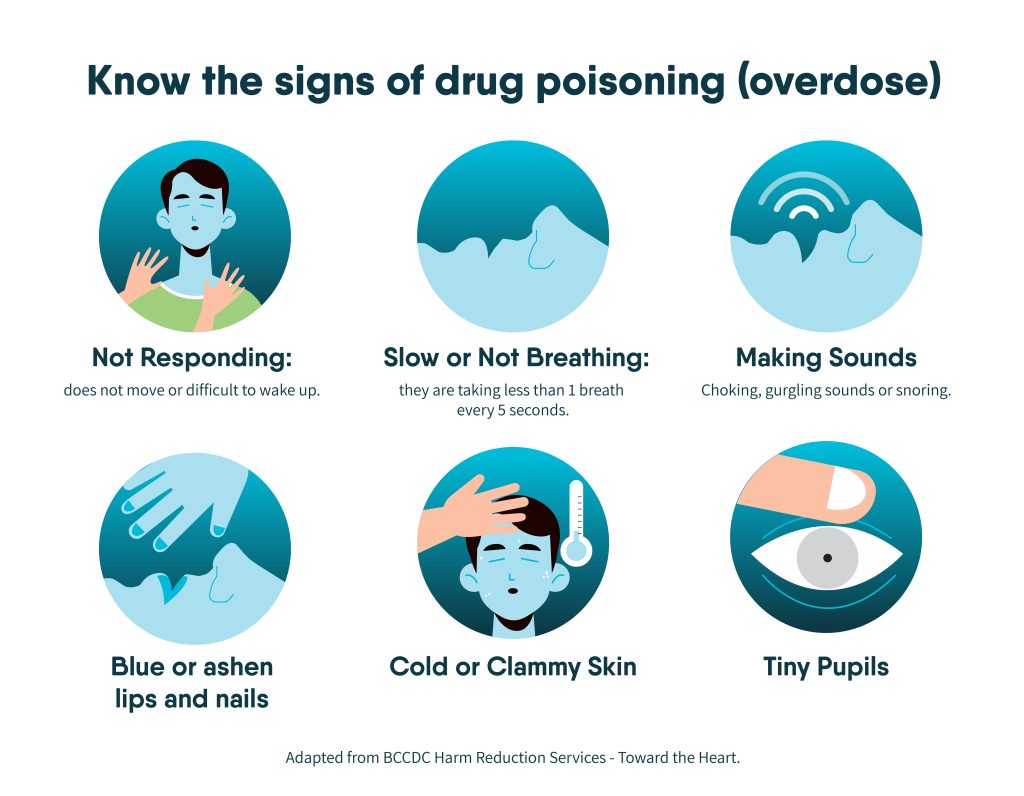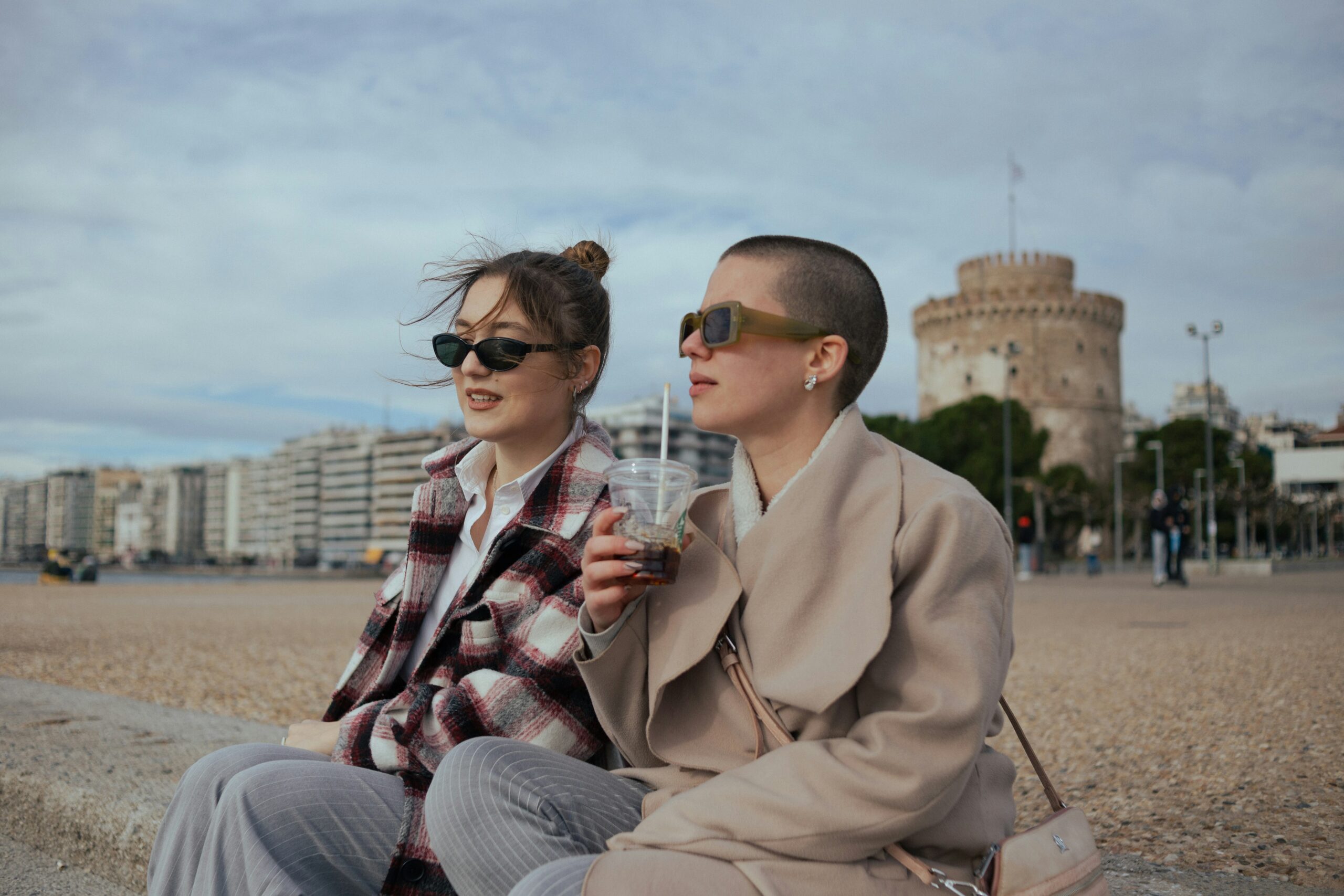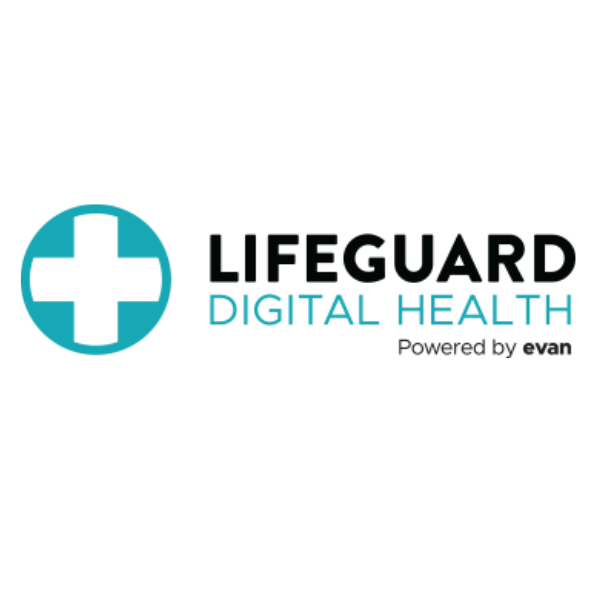Substance Use
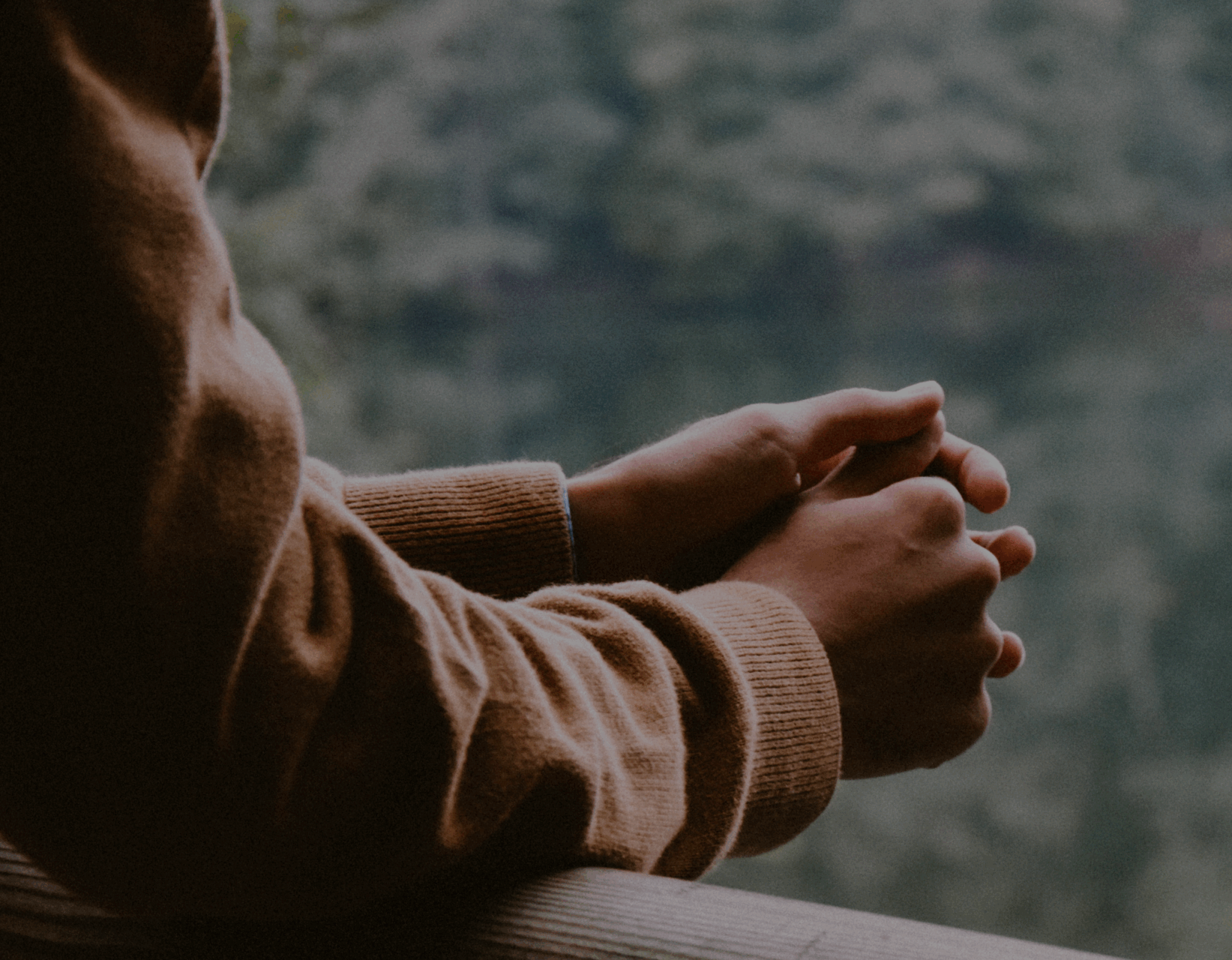
Everyone has their own relationship with substance use. You might know people who are sober, who don’t use at all, or who use a little bit. Others may use a lot, or mix substances. You may be curious and have questions about substances. The fact is – drugs have been used by humans for thousands of years for many different reasons. By exploring this section, you can learn how to manage substance use, how to reduce possible harms and make decisions that are right for you.
Substance Use: The Basics
14 mins
There are many kinds of substances and many reasons why someone may use them. Some people may use substances (such as sacred tobacco) as part of cultural practices or to participate in traditional medicine. Others may be curious about how it feels to try different substances. Some may enjoy the effects that the substances produce and may use substances at parties or other social situations with friends. But, using any substance comes with risks. This section will tell you about substance use and the different stages of use. We will describe the difference between using medicines as prescribed and using substances to get high or produce an altered state. We will discuss less harmful, safer ways to use, also known as a harm reduction approach.
Substance use doesn’t necessarily have to be harmful and can be used in our lives in many ways. By understanding the substances you take, your relationships with substances, where you fit on the continuum and how to manage your use, you can take steps to maintain your overall well-being in your daily life.
Want to explore and learn more? Here are some options for you.
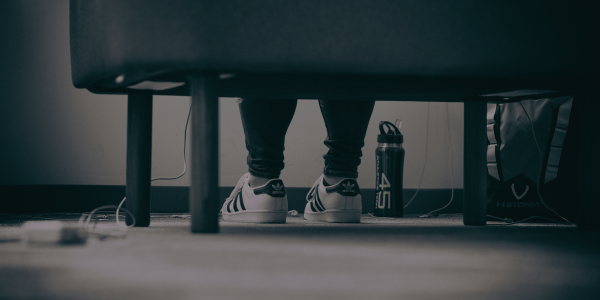
Types of Substances
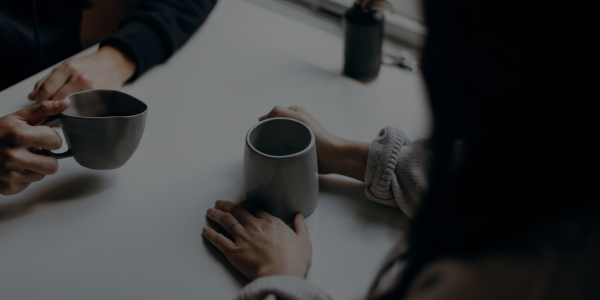
Substance Use and You

